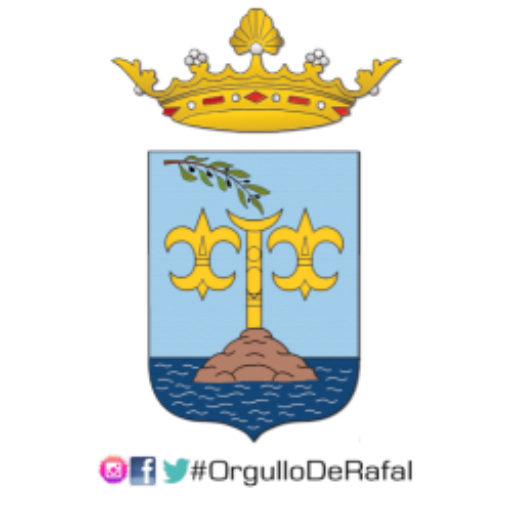The cofradia began in 1954 with forty-six penitents, all of them young people determined to form a processional group that accompanied the image of the “Virgin of Sorrows”.
The image is due to the sculptor Antonio García Mengual, of Murcia. This shows a clear Mediterranean inspiration and the influence of the master of Baroque imagery Salzillo.
In the face of “San Juan” you can see gypsy features that express the tenderness of a child and in his gaze of man all a feeling of love towards him who dies on the Cross for the salvation of the world. With the outstretched arm and raised finger, he asks us to look at the pain of Jesus and the pain of his mother.
The image is dressed in a green tunic with gold decorations and a red mantle that he picks up on his arm to walk decisively through the streets of the village accompanying the “Sorrowful Virgin”. The chromaticism of his clothes and the folds on his body betray the school of his craftsman.
In its origins, the penitents paraded in a suit composed of red cape, vesta and green capuchin embroidered with the eagle, emblem of San Juan Evangelista. After some years because of the increase in the number of brothers, the dress was replaced by white tunic and cap and yellow cape, and also the embroidery of the emblem disappeared.
The sculpture of San Juan was paid initially by Bautista Murcia, and its cost was about 7,000 pesetas.
Many are the expenses involved in getting a cofradía to take to the street in his image. It takes a throne where to place it, arms of lights that illuminate the face, the floral arrangement … By which allied religion and culture and formed a theatrical company to defray the costs, with which they carried on scene works like “El Genio Alegre “,” The Interests Created “… all of them of great success.
After several years without prosecution, there was a group of people who put back into action the Brotherhood. The suits were changed, white vests with yellow buttons, cloak and yellow capiros. This change was due to the fact that the previous suits were in poor condition.
They returned years of inactivity, but in 1986, thanks to the parish priest of Rafal in this time, D. Joaquin Rodes Roca, and to a group of young people, the Brotherhood returned to resurge. They restored the image of “San Juan”, that was very deteriorated, they gathered the throne of its beginnings, they arranged it and they left in the procession of Holy Saturday of that same year.
The following year a more numerous group was formed, the Brotherhood of the “Virgin of the Dolores” gave its throne, and again “San Juan” could process in the Holy Week of Rafal.
From there a Board of Directors is established, presided over by Francisco Salazar García. They went to Beniel and bought new arms for the throne and the following year they made the blandones with which is currently processed.
Little by little the Brotherhood was increasing in number of brothers and was making improvements.
Already in the year 2000 it was decided, after a general meeting of confraternities, and being president of the Brotherhood David Baeza Rodriguez, to change the existing costumes by the originals.
In 2001 a new throne was purchased, since the existing one was in bad condition.
[su_custom_gallery source=”media: 28146″ link=”lightbox” width=”200″ height=”200″]
